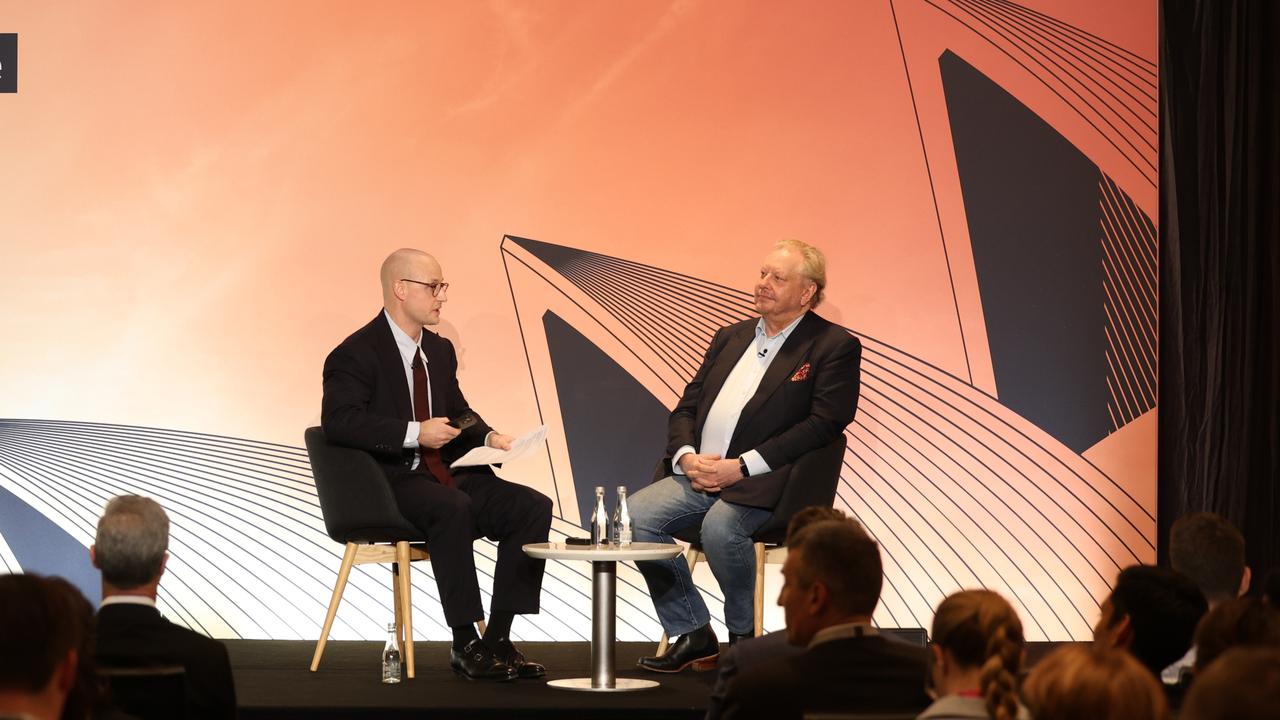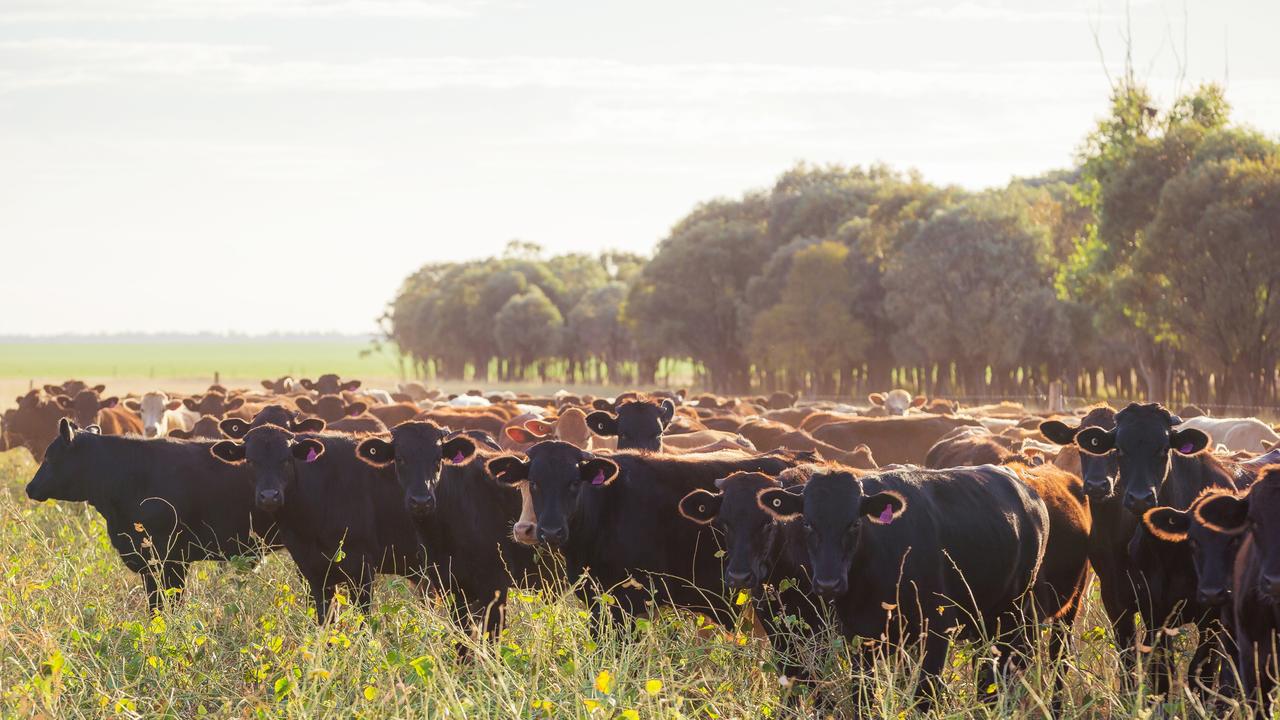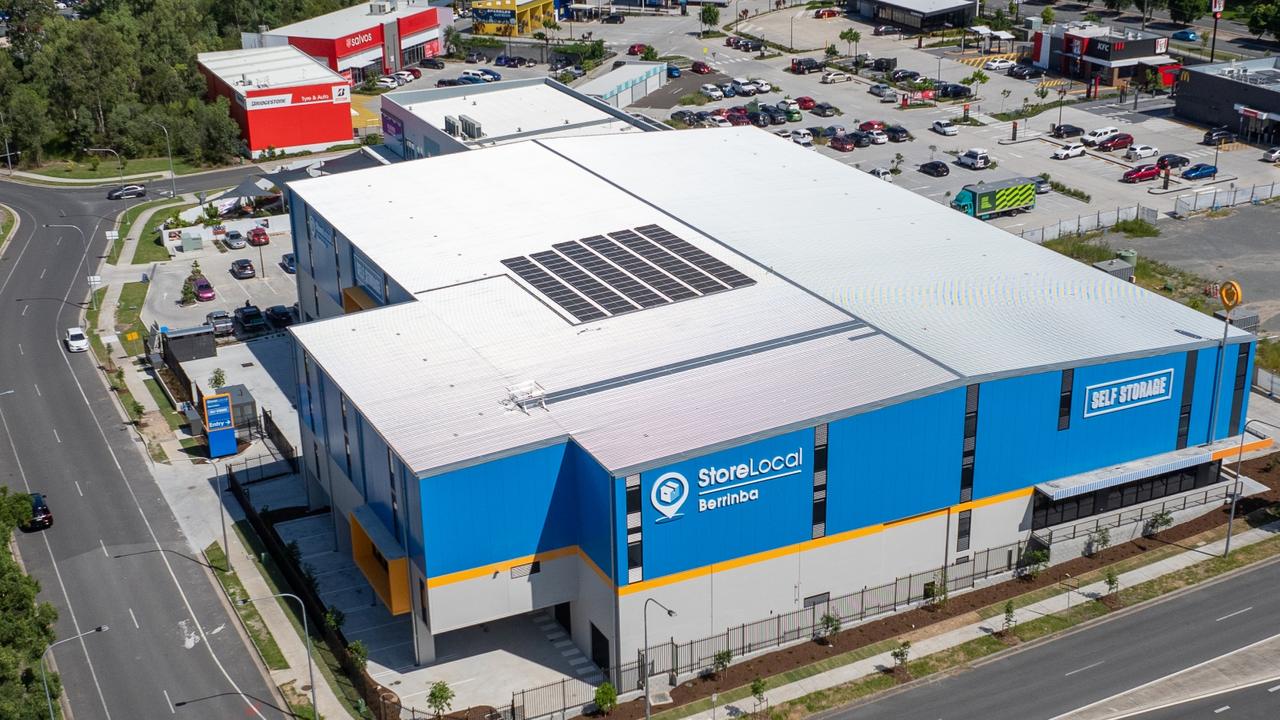‘Climate wars are over’: Greg Combet takes on new green battle
The former Labor minister is returning to Canberra again, this time with a new brief – part troubleshooter and part catalyst for billions in green investment.

Business
Don't miss out on the headlines from Business. Followed categories will be added to My News.
Greg Combet expects his return to Canberra will be a little easier this time around than when he left nearly a decade ago.
The one-time trade union leader and a former climate change minister in the Gillard and Rudd government will shortly move back into the public eye, taking charge of a new agency designed to get all the different layers of government, business and communities working on the same page when it comes to the massive job of rewiring the nation to get ready for renewable energy.
Combet was this week named the inaugural chair of Anthony Albanese’s Net Zero Economy Agency, the vehicle that will oversee the Net Zero Authority which in turn will help Australia get moving on its renewables transition. The agency will operate out of the Albanese’s Department of Prime Minister and Cabinet with the broad remit of keeping everyone across business and government focused on the nation’s net zero goals.
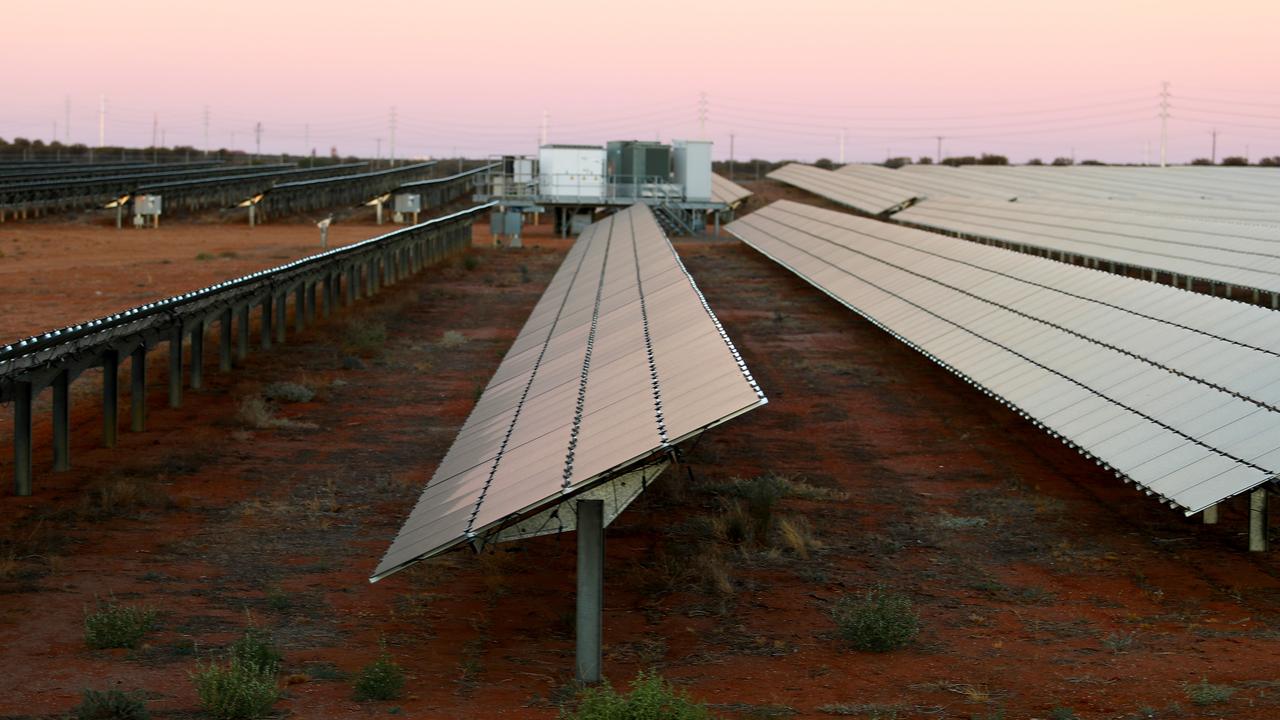
Combet’s last big move in Canberra was as a minister steering through a carbon price mechanism. That soon became a political vulnerability for the Labor government and was quickly dismantled when Tony Abbott’s government was swept into power.
Combet admits he felt a little bruised when he retired from politics, but says the world has moved on dramatically since then with far greater co-operation between business and government on climate policy. He recalls intense pushback while in office from all parts of the business community and in politics, particularly around carbon pricing.
“Now the environment is very different. It’s still a tough challenge. But we’ve moved beyond those climate wars,” Combet tells The Australian. “We’re going to focus on the national interest in a constructive way.”
Combet plans to step down as chair of the $217bn wholesale investor Industry Funds Management when he takes up the new position next month. As well as helping to set up the new Net Zero Agency, the new role will be part troubleshooter and part catalyst for new investment, he says.
“It’s about ensuring that there’s an orderly and positive economic transformation in the decarbonisation process,” he tells The Australian.
“There are a lot of policies and programs at the federal level. There’s a lot at state and territory levels. There’s a lot of investment that needs to be mobilised. There’s a lot of businesses, a lot of stakeholders, communities, regions and workers. At an overall national level, the way that I’m thinking about it is co-ordination, oversight and advice to the government.”
Indeed the polarising energy politics of the past few decades has resulted in a national energy market that has been hampered by ad hoc policy and too much investment in some areas and not enough spending in energy infrastructure. States started going their own way on the shift to renewable targets well ahead of the federal government, while individual businesses have been making their own investments and launching mega-projects around renewables. Combet says the new Net Zero agency will have an overarching view of what is happening with the aim of minimising disruption for business and consumers.
‘Carbon pricing unlikely’
Combet was the minister who helped establish the green bank, the Clean Energy Finance Corporation, which endured even as the carbon price sunk. While there has been change he thinks an economy-wide carbon price “is not feasible politically”.
Even so, Australia has moved to a different position beyond pricing. He points to more direct and deliberate policy interventions now to lower carbon emissions. In industry, this includes the safeguard mechanism announced initially introduced by the former Coalition government and this year extended by the Albanese government.
“One of the big differences now is that pretty much most companies understand the need to reduce emissions and have their own policies to do so many of them have got targets to get to net zero by 2050.
“There’s not the resistance to the policy interventions from governments in the same manner as a decade ago.”
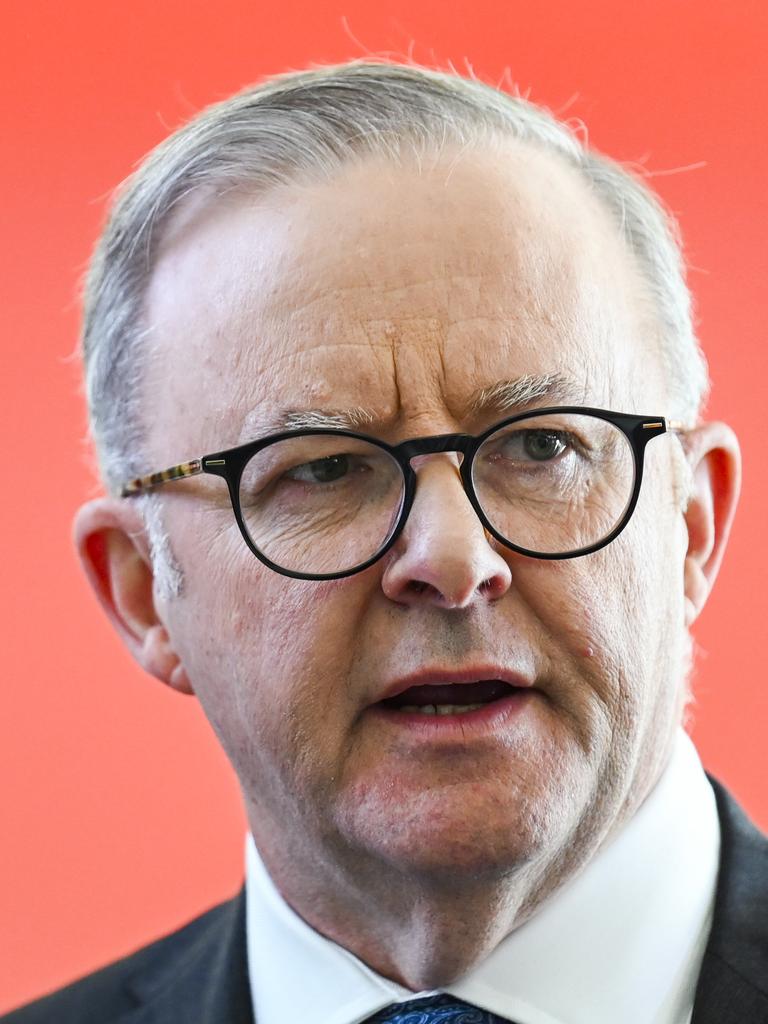
Last year the Albanese government legislated emissions reductions targets of 43 per cent by the end of this decade and net zero emissions by 2050. The bill was backed by business and unions.
Research commissioned last year by National Australia Bank and Deloitte Access Economics highlight the great capital reallocation that’s coming with $420bn in new public and private funds needed to help Australia hit its 2050 net zero targets. The bulk of this will be directed at overhauling energy markets but will also be spent on transport, manufacturing and agriculture.
IFM itself is a significant investor in clean energy projects around the world, including Australia where it is a part owner of transmission network Ausgrid. All of IFM’s green investment opportunities need to stack up financially, he adds.
Combet is under no illusion about the challenge ahead, particularly to hit the end-of-decade emission reduction targets. The effort is going to be significant and will require mobilising a large amount of money over the coming seven years to achieve it. But he describes the moment as a “historic transformation of the economy”.
“Everyone’s mind is focused on it and Australians are really capable people.
“While it’s significant, I’ve got a lot of optimism about it. Australia’s got immense, renewable resources, with solar and wind in particular, and the capacity to use that to develop the economy in the years ahead.
“In my mind during the 20th century economic development was substantially grounded on coal-fired electricity. The 21st century economic development of Australia has got to be grounded in renewable energy and the firmed supply of that energy.”
Curve warning
Jobs numbers that smashed economist expectations unleashed a big warning sign that Australia will enter a recession – the inversion of the yield curve.
A sharp sell-off in bonds on Thursday means that for the first time since the global financial crisis the gap between yields across Australia’s 10-year and 3-year bonds have turned negative.
This means the yield on the 3-year bond is higher than the 10-year bond, and for markets this has been a reliable forecast that a recession is looming.

Stronger-than-expected jobs growth of nearly 76,000 for May saw the unemployment rate fall to 3.6 per cent from 3.7 per cent.
This points to surprising strength in the economy and has increased bets Reserve Bank boss Philip Lowe will make good on his threat to hike cash rates further from 4.1 per cent he moved to this month.
Late on Thursday Australia’s 3-year bond (one of the most liquid lines) was yielding 4.14 per cent and the 10-year at 3.99 per cent. This means the market expects official interest rates to be lower in the future than what they are in the near term.
The question is whether there has been an overreaction to the jobs numbers and the inverted gap will be sustained in coming months.
Interest rate betting has the RBA cash rate peaking at 4.6 per cent by October, suggesting two more hikes are expected by then. Official forecasts from Treasury to the RBA still have Australia avoiding a recession.
Remember the market doesn’t always get it right. Australia avoided falling into a recession following the GFC and this was despite a strong warning sign from the inverted yield curve.
In the US the yield curve has been inverted for months although there is an even bet a recession is coming there with more rate rises still factored in.
New Zealand, where the yield curve has been heavily inverted, officially entered a recession in the March quarter with the economy shrinking 0.1 per cent, new data shows. New Zealand has been battling much higher cash rates than Australia and a string of costly floods and storms.
HSBC’s Paul Bloxham has a central case that the RBA will hike to 4.35 per cent soon – possibly by August and there will be a risk of a further hike to 4.6 per cent beyond that. However the strong jobs figures increase the risk that the cash rate is lifted sooner – as early as July, he said.
The next piece of the puzzle worth watching is the monthly inflation figures scheduled for June 28.
johnstone@theaustralain.com.au
More Coverage
Originally published as ‘Climate wars are over’: Greg Combet takes on new green battle





